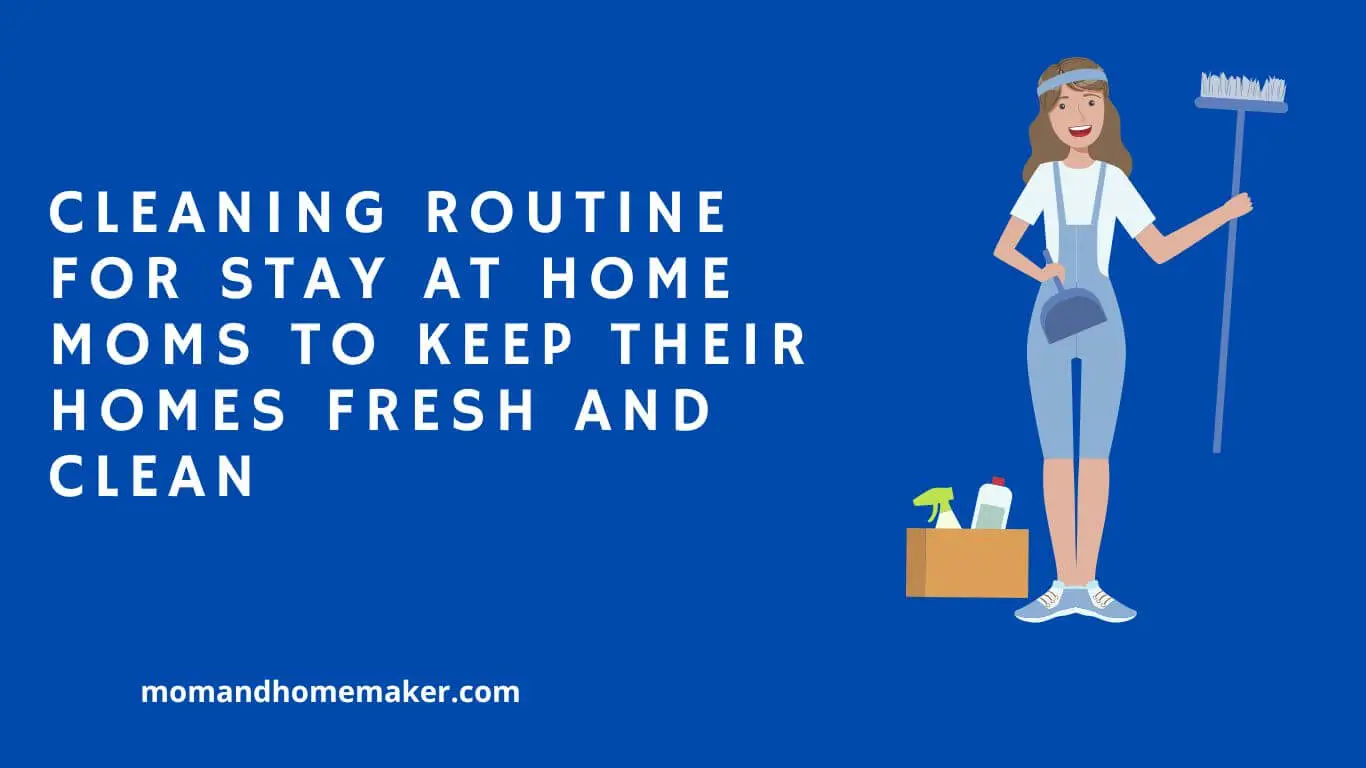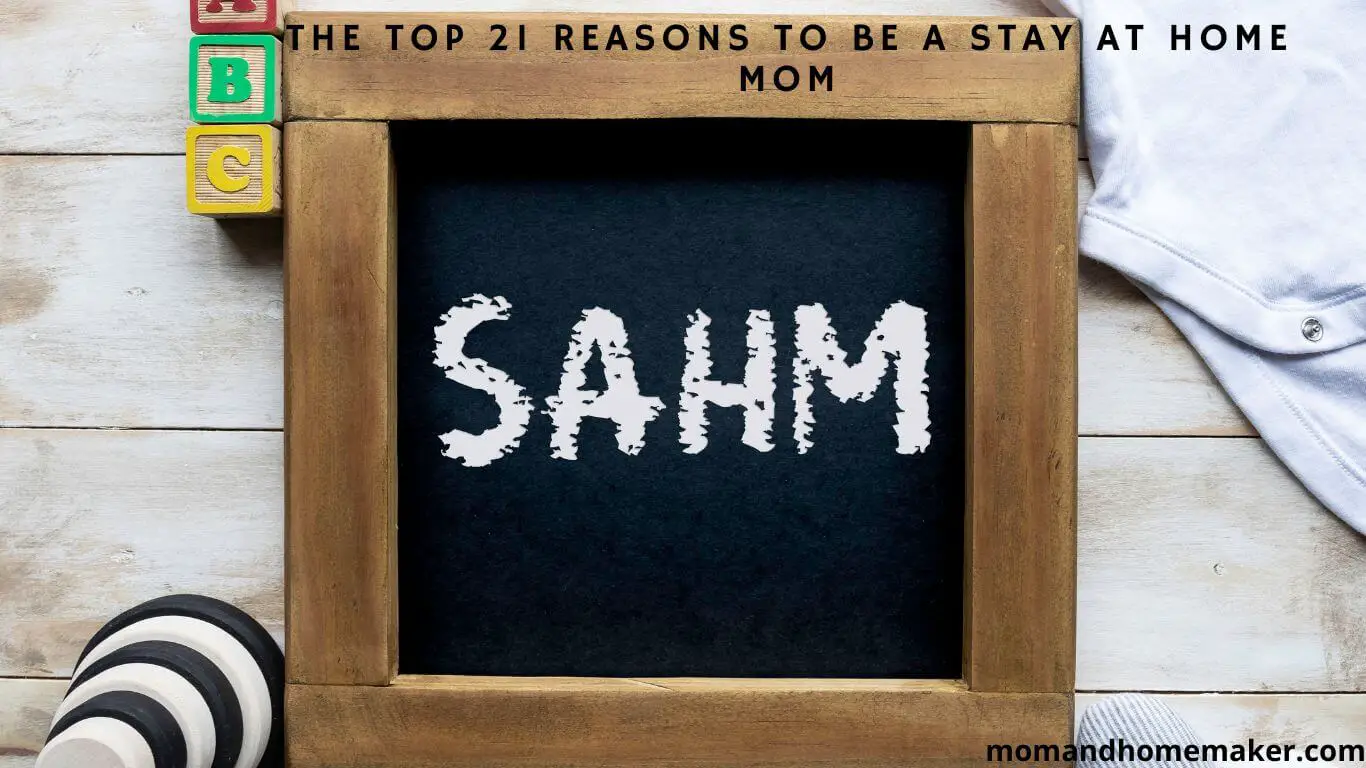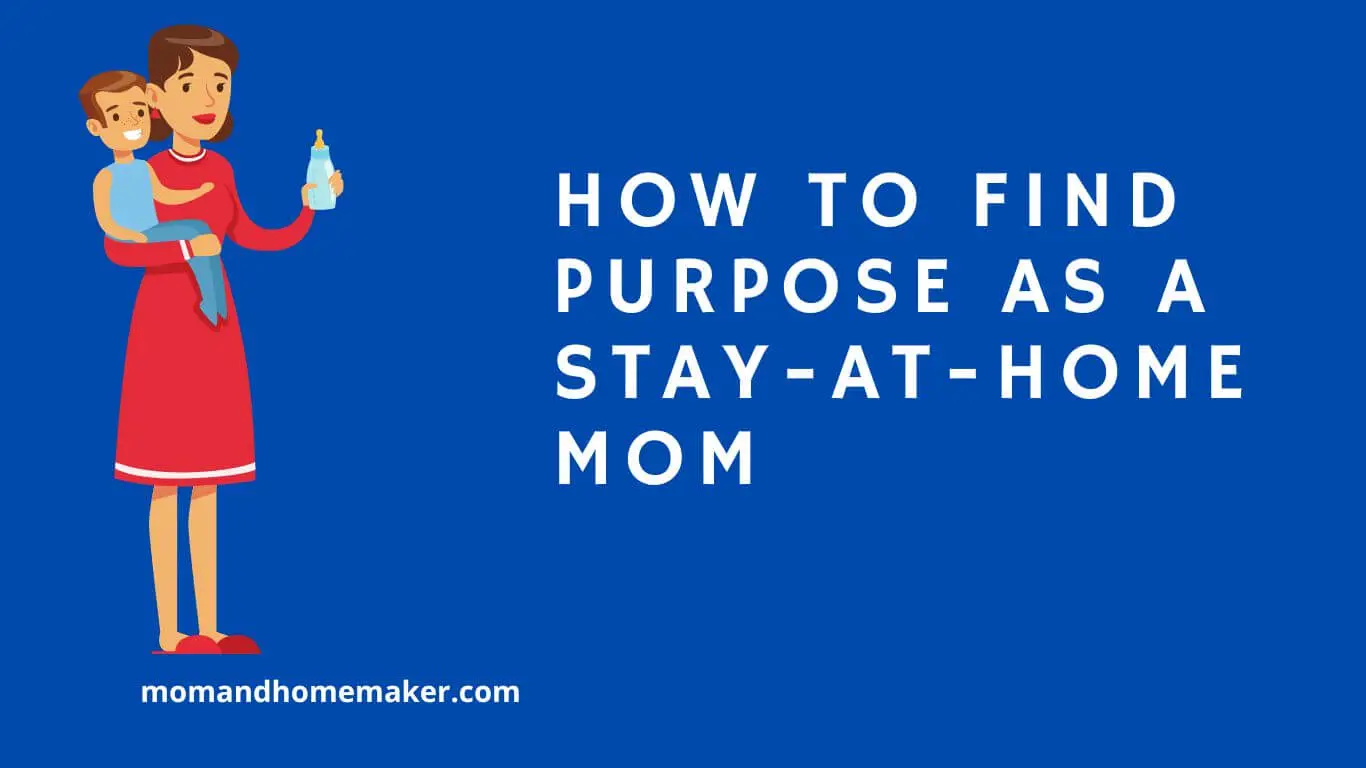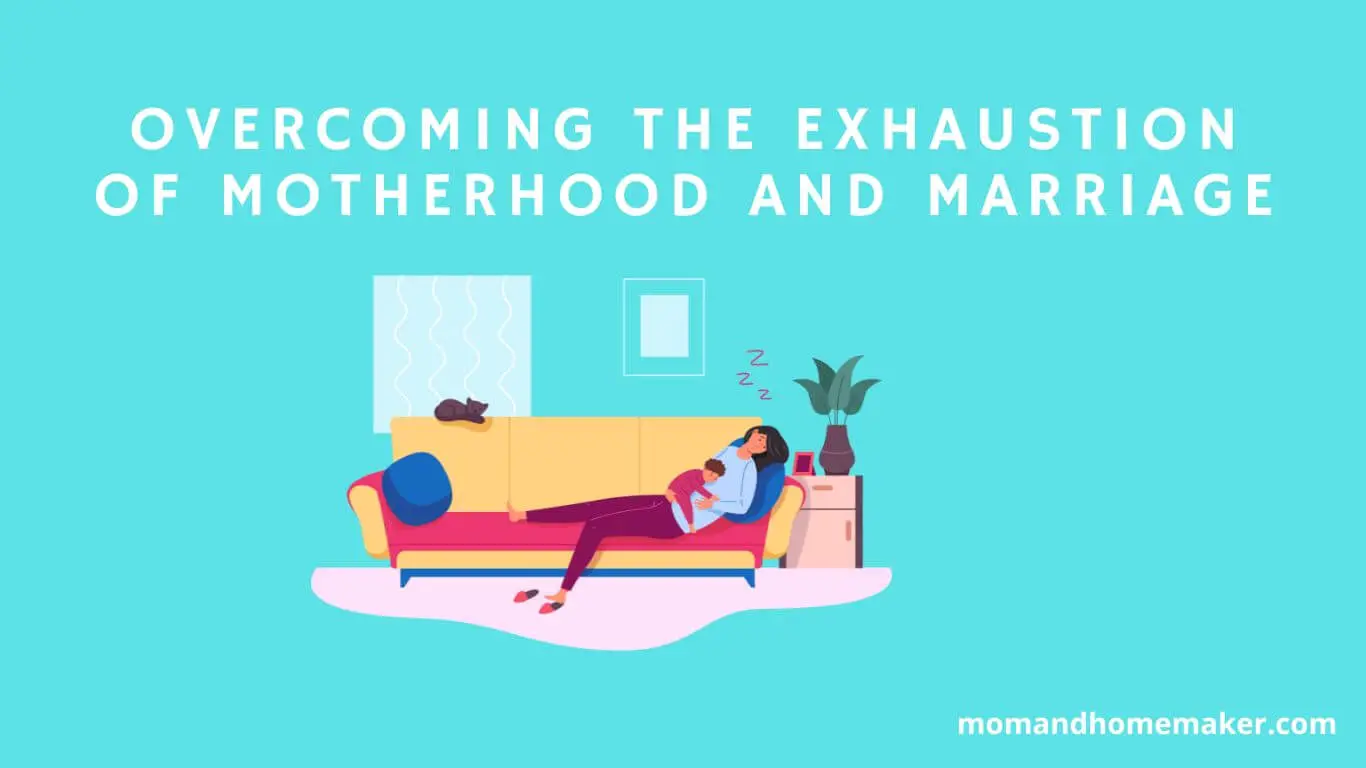If you find yourself struggling to enjoy activities that once brought you fulfillment and snapping at your kids more often, it might be a sign of burnout.
Feeling overwhelmed by simple tasks is common among stay-at-home moms but is often overlooked.
Recognizing these signs is crucial to addressing them effectively and prioritizing your well-being.
Physical Symptoms of Burnout
Experiencing constant fatigue and frequent headaches are common physical signs of burnout for stay-at-home moms. It’s important to recognize these indicators to effectively care for your family.
Despite getting enough rest, feeling constantly exhausted could be a warning signal for burnout. This ongoing tiredness can make simple tasks feel overwhelming. Additionally, persistent headaches that accompany fatigue can disrupt your daily routine and caregiving responsibilities.
Muscle tension is another physical symptom of burnout to watch out for. Managing multiple duties without enough time to relax can lead to tightness and discomfort in your muscles. This tension can result in aches and pains, adding to your existing exhaustion.
Insomnia, or trouble falling and staying asleep, may also suggest burnout. Balancing various roles can disturb your sleep patterns, leaving you feeling drained in the morning. Prioritizing self-care and seeking support from loved ones can help alleviate these physical manifestations of burnout, enabling you to continue your vital role with energy and vitality.
Emotional Indicators to Watch For
Monitoring your emotional well-being as a stay-at-home mom is crucial to prevent burnout. Constant fatigue and headaches are just the start; feeling overwhelmed by tasks and responsibilities can lead to emotional exhaustion.
If you notice persistent feelings of sadness, hopelessness, or disinterest in activities you once enjoyed, it could be a sign of depression. It’s important to acknowledge these emotions and seek support from loved ones or a professional to avoid burnout.
As a stay-at-home mom, it’s common to feel pressure to excel in all areas of life simultaneously. This pressure may result in irritability, mood swings, or a sense of being on edge, all of which are valid indicators of emotional exhaustion.
Remember, it’s okay to ask for help or take time for yourself to recharge and prioritize self-care. Ignoring these emotional warning signs can lead to burnout, affecting not just yourself but also your ability to care for your family effectively.
Behavioral Changes in Stay-at-Home Moms
To prevent burnout, stay-at-home moms should be mindful of behavioral changes that could signal the need for self-care. Here are three key signs to watch for:
- Increased Irritability: If you notice yourself getting easily frustrated or frequently snapping at loved ones, it may indicate rising stress levels. To manage this, try techniques like deep breathing, meditation, or physical activities to reduce these feelings.
- Social Withdrawal: Avoiding social interactions and isolating oneself from friends and family can be a warning sign of burnout. Prioritizing self-care and making time for enjoyable activities is crucial. Connecting with other stay-at-home moms or joining support groups can help combat loneliness.
- Neglecting Self-Care: When daily tasks feel overwhelming, self-care routines like proper nutrition, exercise, and rest are often pushed aside. Making self-care a priority is essential in preventing burnout. Even setting aside a few minutes each day for yourself can greatly improve overall well-being.
Cognitive Signs of Burnout
Keep an eye out for cognitive signs of burnout, like struggling to concentrate and memory issues, as they can affect your day-to-day life as a stay-at-home mom.
Memory fog and concentration difficulties are common red flags for burnout. You may start forgetting important tasks, appointments, or even simple things like where you put your keys.
This memory fog can be frustrating and make it hard to stay organized and manage your responsibilities effectively.
Moreover, having trouble making decisions is another cognitive sign of burnout. You might feel overwhelmed when having to choose, whether it’s something significant or minor, and find it challenging to make decisions quickly.
This can lead to feelings of uncertainty and self-doubt, worsening your burnout symptoms.
Brain fatigue is also prevalent among those experiencing burnout. Your mind may feel constantly drained, making even simple mental tasks feel tiring.
If you notice these cognitive signs seeping into your daily routine, it’s crucial to take a step back and prioritize self-care.
Engaging in activities that allow your mind to rest and recharge is essential. Don’t hesitate to seek support from loved ones or consider professional help if needed.
Remember, recognizing and addressing these cognitive signs of burnout is the initial step toward regaining balance and well-being in your role as a stay-at-home mom.
Social and Relational Clues
Changes in your social interactions and relationships can give you important clues about potential burnout as a stay-at-home mom.
If you’re feeling isolated or lonely, it’s crucial to address these emotions promptly to prevent burnout from escalating.
Moreover, strained relationships and communication challenges can worsen burnout, underscoring the need to seek support and solutions to improve these aspects of your life.
- Isolation and Loneliness: Feeling isolated or lonely may indicate that you’re overwhelmed and could benefit from reconnecting with others to prevent burnout. Reach out to friends, family, or support groups to combat these feelings.
- Relationship Strain: If you notice tension or strain in your relationships, especially with your partner or children, it’s vital to address these issues. Seeking counseling or setting aside dedicated time for open communication can help alleviate this strain.
- Communication Difficulties: Struggling to express your needs or understand others can lead to misunderstandings and conflicts, contributing to burnout. Practice active listening and consider seeking help from a therapist or counselor to enhance communication skills within your relationships.
Conclusion
In summary, stay-at-home moms might show physical symptoms, emotional cues, changes in behavior, cognitive signs, and social hints that indicate burnout.
It’s essential to spot these signs early and seek help to prevent further exhaustion. Remember, just like a car needs regular maintenance to run smoothly, moms also require self-care to keep being the amazing individuals they are.
Watch out for these signs and prioritize self-care to steer clear of burnout.







